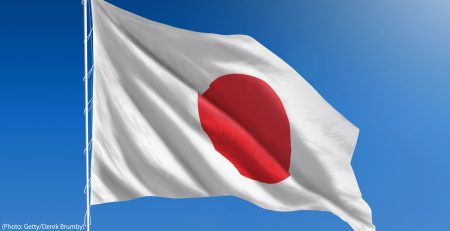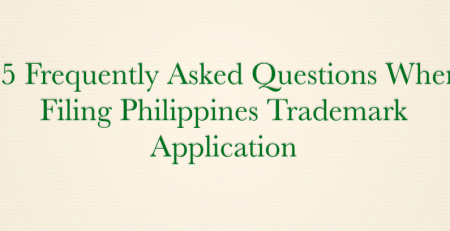Guide for Trademark renewal
A trademark helps businesses and companies protect their brand image legally. Due to the fact that each trademark has a specific time of validity, renewing them is of the utmost importance. Below is some useful information that will help you gain a better general knowledge in renewing trademark.
Trademark Renewal
Generally, the duration of a trademark registration is 10 years with a possibility to renew every 10 years, but it may vary from country to country depending on the laws of the jurisdiction where it is registered. In addition, if you wish to have a legally binding trademark, you must renew it. The trademark renewal ensures that all trademark rights are continued for another few years. If the owner fails to renew his or her trademark, it will become invalid once the validity period has expired. As a result, the owner will not have any protection that comes with the trademark registration.
The length of the renewal period varies based on the country or territories where the trademark is registered. For example, in Hongkong, a registered trade mark is initially registered for 10 years and can be renewed for further periods of 10 years each. But in Macau, registration of a trademark is valid for 7 years and each renewal will extend the validity for another 7 years.
How to file a Trademark renewal?
Reminder of renewal
Prior to the expiration of a trademark in most countries, the registrar will issue a renewal notice to the owner. The registrar may publish a list of unrenewed registrations if the trademark is not renewed after its expiration date. The registrar will also publish a notice of deletion of the trademark if it is withdrawn from the trademark registration owing to non-renewal.
Evidence need
When compared to trademark registration, trademark renewal is a comparatively simple process. In some countries, failure to utilize a trademark for a certain amount of time results in the mark being abandoned. So renewing a trademark, several jurisdictions may want evidence of use. In the United States, for example, a trademark can only be renewed if it can be demonstrated that it is still in use during the fifth and sixth years after it was registered.
Documentation requirements for renewal
While there are minor different between certain countries, most territories have similar documentation requirements for renewals. The applicant will first require a renewal document, which is typically a simple form. This document varies by country and territory, and it must be received from the relevant application office.
The applicant need some information regarding the trademark including trademark number, trademark owner’s details,…and the information about original application documentation. Depending on the region where the renewal takes place, additional supporting documentation may be necessary. In the United Kingdom, for example, you must also submit a supporting fee document that details the forms you’re filing and their accompanying fees.
Renewal fee
Despite the fact that the documents and application requirements are relative similar, the renewal fees in other locations, such as the EU, the US, and the UK, might be diverse significantly. Furthermore, late filing fees for specific territories may be much higher. Although fees and surcharges vary by area, all territories levy per-class renewal fees.
Depending on the region in which a trademark owner does business, discrepancies in filing procedures between countries and regions can have a major impact on a trademark owner’s IP rights. As a result, trademark owners who do business globally will engage with IP specialists to gain access to tools, resources, and information that will help them defend their intellectual property effectively across all business sectors.
Remember deadlines for renewing trademark!
After all, failing to renew trademark registration before the deadline could result in its cancellation. The deadlines are fortunately simple to remember, and do not necessitate the use of a trademark renewal calculator.
Following the expiration of a trademark, there is usually a six-month grace period. The trademark can still be renewed during this time. However, there will almost always be a surcharge, which may vary depending on the territory. For instance, in the European Union, a late fee of 25% is added to renewal payments.
Renewal registration durations vary greatly between countries and regions. For IP owners, understanding the process and requirements for trademark renewals in different nations and areas can be difficult. A business may need to handle renewals for a variety of IP assets across several jurisdictions, depending on its scale and reach.
Please find the trademark renewal fee by country here.
Or sending your inquiry by filling the form:











